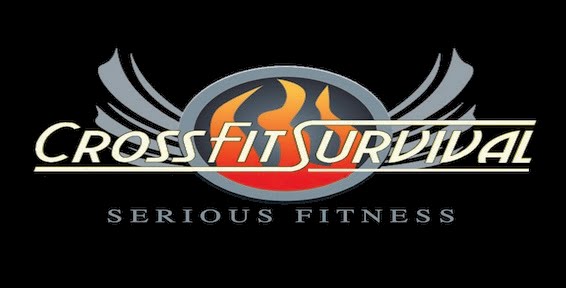The answer lies in training the 3 primary pathways the body uses for fuel: the phosphagenic, the glycolytic and the oxidative. All 3 of these systems yield ATP (adenosine triphosphate), which is the body's primary source of energy.
Although the body is continually switching between the three pathways or using them simultaneously, there are certain activities which tend to favor one system over another.
The phosphagenic system is typically used for activities that are very high intensity and last only for a few seconds. Sprinting very short distances is one example, but the primary example tends to be in lifting heavy weights. A deadlift, for example that is at or near an athlete's max, requires a tremendous amount of energy in order to accomplish this feat.
The glycolytic system is involved in less high-intensity activities, but not those of long slow duration. Wrestling, longer sprints and short high-intensity WODs make use of this system. Lactic acid build-up is a good indicator that this system is in play.
Most of CrossFit's workouts incorporate all 3 systems, except heavy weight lifting, which only incorporates the phosphagenic.
Since we don't incorporate weight lifting in the boot camp setting, we focus on the last two. Thus, the longer workouts make use mainly of the oxidative, and the shorter more intense workouts, the glycolytic.
Here are two links with more detailed, but excellent information about this. I highly recommend you read them to increase your education on this subject.
http://www.sectiononewrestling.com/documents/aerobic_anaerobic_energy_systems.html
http://www.board.crossfit.com/showthread.php?p=330307
WOD
"4 Corners"
Laterals
Bear Crawls
Inchons
Hi Knee Skips
Crab Walks
Show up to find out more!


No comments:
Post a Comment